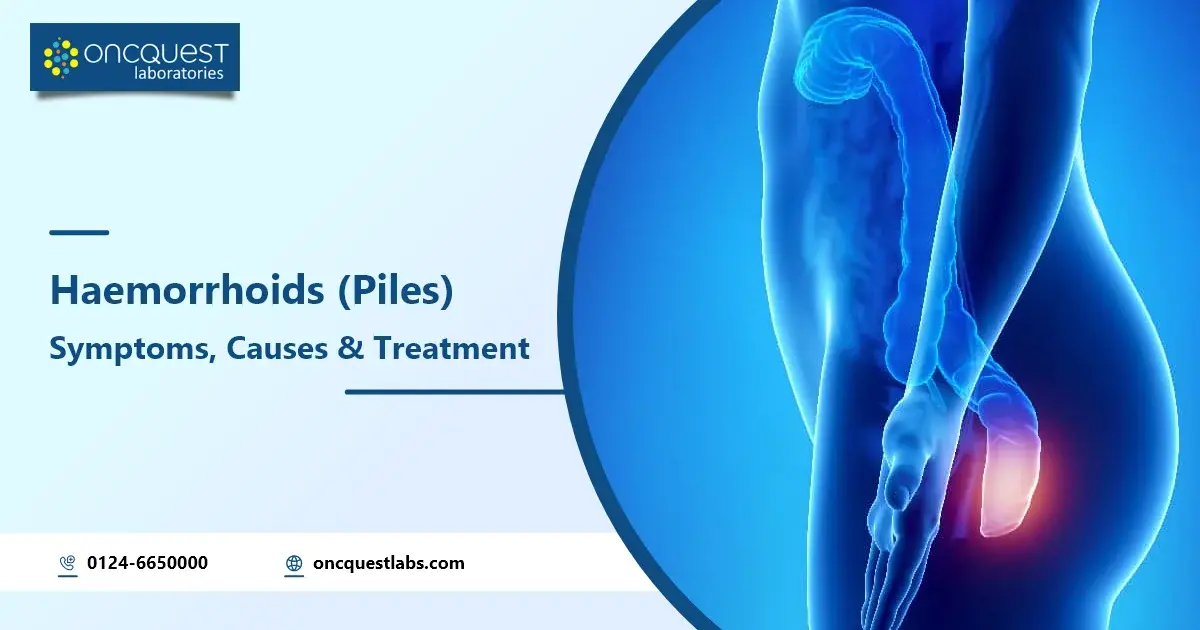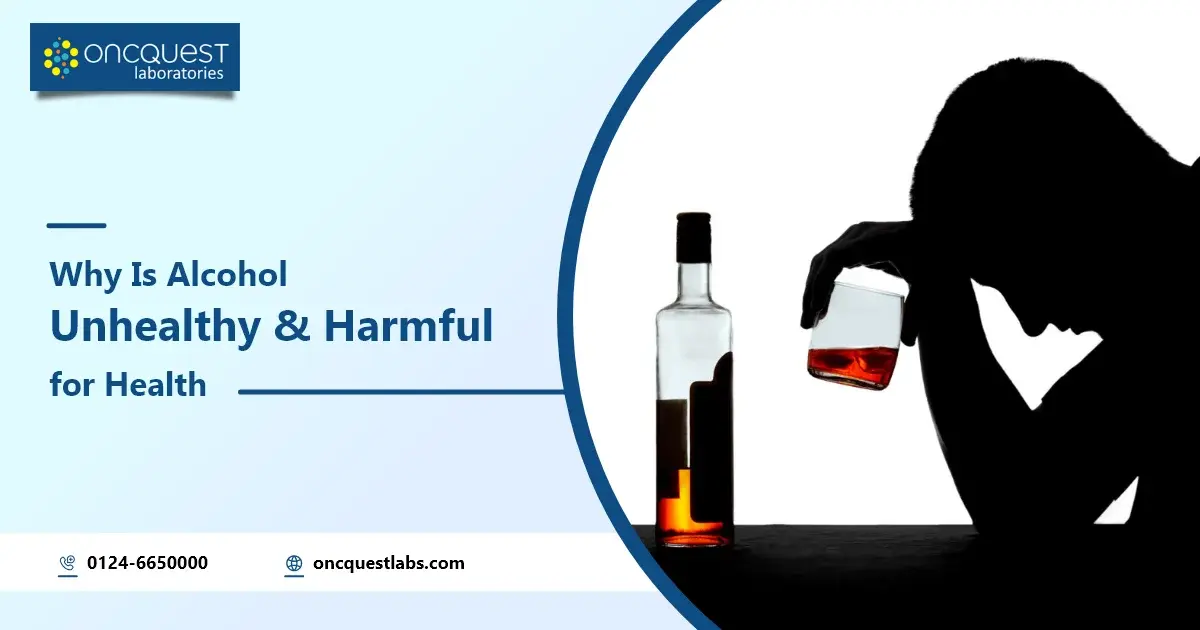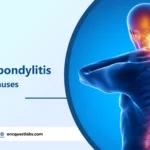Hemorrhoids, commonly known as piles, are a widespread yet often uncomfortable and sometimes painful condition that affects countless individuals. Understanding the symptoms, causes, and available treatment options is essential for those who may be dealing with this condition or wish to be informed about it.
In this comprehensive guide, we’ll delve into the world of hemorrhoids, shedding light on what they are, the symptoms that accompany them, the root causes, and the various treatment approaches available. Whether you’re personally experiencing hemorrhoids or seeking knowledge to help a loved one, this resource will provide valuable insights to navigate this common but often overlooked health concern.
So, let’s embark on a journey of awareness and understanding as we explore the intricacies of hemorrhoids and discover the means to manage and alleviate the discomfort they bring.
Contents
- 1 What are Haemorrhoids (Piles)?
- 2 Types of Haemorrhoids (piles)
- 3 Symptoms of Haemorrhoids (piles)
- 4 Causes of Haemorrhoids (piles)
- 5 Treatment for Haemorrhoids (piles)
- 6 Home Remedies for Haemorrhoids (piles)
- 7 When To Seek Medical Advice?
- 8 Medical Test Required For Hemorrhoids (Piles)
- 9 Conclusion
- 10 Frequently Asked Questions- FAQs
What are Haemorrhoids (Piles)?
Hemorrhoids, commonly referred to as piles, are swollen and inflamed blood vessels located in the rectum and anus. They can be either internal, inside the rectum, or external, around the anal opening. Hemorrhoids can vary in size and severity, and they often lead to symptoms such as itching, pain, bleeding during bowel movements, and discomfort. The exact cause of hemorrhoids can be multifactorial, including factors like straining during bowel movements, chronic constipation or diarrhea, pregnancy, and a sedentary lifestyle. While hemorrhoids can be uncomfortable and painful, various treatment options are available to manage and alleviate their symptoms, ranging from lifestyle changes and over-the-counter remedies to medical procedures in more severe cases.
Types of Haemorrhoids (piles)
Hemorrhoids, also known as piles, can be categorized into two main types based on their location within the rectum and anus:
- Internal Hemorrhoids: These occur inside the rectum, so they’re not visible externally. They are usually painless because they are above the “dentate line,” where there are fewer pain-sensing nerves. However, they can cause symptoms such as bleeding during bowel movements and may protrude or prolapse if they become more severe.
- External Hemorrhoids: These hemorrhoids develop around the anal opening, making them visible and often more painful. They are located below the “dentate line” and can be felt as lumps or bulges. Symptoms of external hemorrhoids may include pain, itching, and discomfort.
It’s worth noting that some individuals may experience both internal and external hemorrhoids simultaneously. The treatment and management of hemorrhoids can vary depending on their type and severity.
Symptoms of Haemorrhoids (piles)
Common symptoms of hemorrhoids (piles) can vary depending on their type (internal or external) and their severity, but they often include:
- Rectal Bleeding: Bright red blood during or after a bowel movement is a hallmark symptom. It can be seen on toilet paper, in the toilet bowl, or in the stool.
- Anal Itching (Pruritus Ani): Itching in the anal area can be caused by irritated and inflamed hemorrhoids.
- Pain and Discomfort: External hemorrhoids can be painful, especially during bowel movements. Internal hemorrhoids are typically painless unless they prolapse or thrombose (develop a blood clot).
- Swelling or Lump Near the Anus: External hemorrhoids may cause a visible lump or swelling around the anal opening.
- Mucus Discharge: Internal hemorrhoids can sometimes lead to mucus discharge, which may cause irritation.
- Feeling of Incomplete Evacuation: People with hemorrhoids may feel like they haven’t fully emptied their bowels after a bowel movement.
- Anal Fissures: Haemorrhoids can increase the risk of developing small tears in the skin around the anus, known as anal fissures, which can be painful.
- Prolapse: Internal hemorrhoids can protrude outside the rectum, especially during bowel movements, and may need to be pushed back in.
It’s important to note that not everyone with hemorrhoids will experience all of these symptoms, and the severity can vary from person to person. If you suspect you have hemorrhoids or experience persistent or severe symptoms, it’s advisable to seek medical evaluation and discuss treatment options with a healthcare professional.
Causes of Haemorrhoids (piles)
The causes of hemorrhoids (piles) can be multifactorial, and they often result from a combination of various factors. Some common causes and contributing factors include:
- Straining During Bowel Movements: One of the primary causes is the excessive straining during bowel movements, which can increase pressure in the rectal and anal veins. This often occurs due to chronic constipation or the passage of hard stools.
- Chronic Diarrhea: Frequent and prolonged episodes of diarrhea can also put stress on the rectal veins and contribute to hemorrhoid development.
- A Sedentary Lifestyle: Lack of physical activity and prolonged sitting can reduce blood flow to the rectal area, making it more susceptible to hemorrhoids.
- Obesity: Being overweight or obese can increase the pressure on the rectal veins and contribute to haemorrhoid formation.
- Pregnancy and Childbirth: The increased abdominal pressure during pregnancy, as well as the strain during childbirth, can lead to hemorrhoids in some women.
- Aging: The risk of hemorrhoids tends to increase with age as the tissues supporting the veins in the rectum and anus weaken over time.
- Genetic Factors: Some people may have a genetic predisposition to develop hemorrhoids.
- Chronic Coughing or Sneezing: Persistent coughing or sneezing can increase abdominal pressure, potentially leading to hemorrhoids.
- Heavy Lifting: Frequent heavy lifting, especially when combined with improper lifting techniques, can strain the rectal area.
- Low-Fiber Diet: A diet low in fiber can lead to constipation, which is a common cause of hemorrhoids. Fiber helps soften stools and promotes regular bowel movements.
- Chronic Conditions: Certain medical conditions, such as liver disease and chronic heart conditions, can increase the risk of developing hemorrhoids.
It’s important to note that while these factors can contribute to the development of hemorrhoids, individual susceptibility and experiences can vary. Managing these risk factors, adopting a high-fiber diet, staying hydrated, and maintaining a healthy lifestyle can help reduce the risk of hemorrhoids.
Treatment for Haemorrhoids (piles)
The treatment for hemorrhoids (piles) can vary depending on the type (internal or external) and the severity of the condition. Here are some common treatment options:
- Lifestyle and Dietary Changes:
- Increasing dietary fiber: A high-fiber diet can help soften stools and make bowel movements more comfortable, reducing the risk of irritation and bleeding.
- Drinking plenty of water: Staying hydrated helps prevent constipation.
- Avoiding straining: Straining during bowel movements should be minimized.
- Over-the-Counter (OTC) Medications:
- Topical creams and ointments: These can help relieve itching and discomfort.
- Pain relievers: OTC pain relievers like acetaminophen or ibuprofen can help manage pain associated with hemorrhoids.
- Sitz Baths: Soaking the anal area in warm water for 15-20 minutes several times a day can provide relief and reduce swelling.
- Prescription Medications: In some cases, prescription medications may be recommended to treat hemorrhoids, particularly if they are associated with severe pain and inflammation.
- Rubber Band Ligation: This procedure is often used for internal hemorrhoids. A rubber band is placed around the haemorrhoid, cutting off its blood supply, causing it to wither and fall off within a few days.
- Sclerotherapy: A chemical solution is injected into the haemorrhoid, causing it to shrink.
- Hemorrhoidectomy: Surgical removal of hemorrhoids, usually reserved for severe cases or if other treatments have failed.
- Stapled Hemorrhoidopexy (Procedure for Prolapse and Haemorrhoids – PPH): This surgical procedure is often used for prolapsed internal hemorrhoids. It involves stapling the hemorrhoids to reduce blood flow to them.
- Hemorrhoidal Artery Ligation (HAL) and Doppler-Guided Hemorrhoidal Artery Ligation (DGHAL): These minimally invasive procedures involve using ultrasound to locate and tie off the arteries supplying blood to the hemorrhoids.
The choice of treatment depends on the severity of the hemorrhoids, the patient’s overall health, and the recommendations of a healthcare professional. If you suspect you have hemorrhoids, it’s important to consult with a doctor for a proper diagnosis and to discuss the most suitable treatment options for your specific condition.
Home Remedies for Haemorrhoids (piles)
There are several home remedies and self-care measures that can help alleviate the discomfort and symptoms associated with hemorrhoids (piles). Here are some home remedies you can try:
- Dietary Fiber: Increase your fiber intake to soften stools and make bowel movements easier. High-fiber foods include whole grains, fruits, vegetables, and legumes.
- Stay Hydrated: Drink plenty of water to prevent constipation. Adequate hydration is essential for maintaining soft stools.
- Sitz Baths: Soak your anal area in a warm, shallow bath for about 15-20 minutes several times a day. This can help reduce pain and swelling.
- Topical Treatments:
- Apply over-the-counter (OTC) creams, ointments, or suppositories containing ingredients like witch hazel or hydrocortisone to reduce itching and discomfort.
- Aloe vera gel or coconut oil can also be applied for soothing relief.
- Witch Hazel: Witch hazel is a natural astringent that can help reduce itching and inflammation. Apply it using a cotton ball.
- Ice Packs: Applying an ice pack wrapped in a cloth to the affected area for a few minutes at a time can help reduce swelling and numb the pain.
- Apple Cider Vinegar: Diluted apple cider vinegar can be used to clean the affected area and provide relief.
- Proper Hygiene: After a bowel movement, use moist toilet paper or gentle, unscented baby wipes instead of dry toilet paper to avoid further irritation.
- Donut Pillow: If you have external hemorrhoids, sitting on a donut-shaped cushion can reduce pressure on the affected area.
- Kegel Exercises: These exercises can help improve blood circulation in the rectal area and promote healing.
- Avoid Straining: Be mindful not to strain during bowel movements. Take your time, and if needed, use a stool softener.
- Elevate Your Feet: While on the toilet, use a step stool to elevate your feet slightly. This position can help with easier bowel movements.
Remember that while these home remedies can provide relief for mild hemorrhoids, it’s important to consult a healthcare professional if you have persistent or severe symptoms, or if you’re uncertain about the nature of your condition. They can offer a proper diagnosis and recommend the most suitable treatment for your specific case.
When To Seek Medical Advice?
It’s important to seek medical advice for hemorrhoids (piles) under certain circumstances or if you’re uncertain about your condition. Here are some situations in which you should consult a healthcare professional:
- Severe Pain: If you experience severe or persistent pain, especially with external hemorrhoids, it’s important to seek medical attention.
- Excessive Bleeding: If you notice profuse bleeding during bowel movements or if the bleeding persists despite self-care measures, consult a doctor.
- Prolapse: If internal hemorrhoids consistently protrude or prolapse, especially if they cannot be pushed back inside, medical evaluation is needed.
- New or Worsening Symptoms: If you develop new symptoms or if your existing symptoms worsen despite home remedies and self-care, see a healthcare professional.
- Changes in Bowel Habits: If you experience changes in your bowel movements, such as persistent diarrhea or constipation, it’s important to get a medical assessment.
- Family History: If you have a family history of colorectal cancer or other digestive diseases, or if you are over the age of 50, you should consider regular screenings and discuss hemorrhoids with a doctor.
- Recurrent Hemorrhoids: If you’ve had hemorrhoids in the past and they keep returning, it’s a good idea to consult with a healthcare provider to discuss prevention strategies and treatment options.
- Underlying Health Conditions: If you have pre-existing health conditions, such as heart disease or liver disease, which may affect treatment options or increase the risk of complications, it’s essential to consult a healthcare professional.
- Pregnancy: If you are pregnant and experiencing haemorrhoid symptoms, it’s advisable to discuss management and treatment options with your healthcare provider.
- Uncertainty: If you’re unsure whether your symptoms are related to hemorrhoids or if you’ve never been diagnosed with hemorrhoids before, it’s best to consult a doctor for a proper evaluation.
Remember that early diagnosis and treatment can help manage hemorrhoids effectively and prevent complications. A healthcare professional can provide guidance on the most appropriate treatment options and tailor a plan to your specific condition and needs.
Medical Test Required For Hemorrhoids (Piles)
In most cases, the diagnosis of hemorrhoids (piles) can be made based on a physical examination and a discussion of your symptoms with a healthcare professional. However, in some situations or if there is uncertainty about the diagnosis, medical tests and procedures may be recommended. These tests and procedures can include:
- Digital Rectal Examination (DRE): During this examination, the healthcare provider inserts a lubricated, gloved finger into the rectum to feel for any abnormalities, including hemorrhoids.
- Anoscopy: Anoscopy involves using a short, lighted tube (anoscope) to examine the anal canal and lower rectum for hemorrhoids. This test can help visualize internal hemorrhoidsh.
- Sigmoidoscopy or Colonoscopy: These procedures involve using a flexible tube with a camera (sigmoidoscopy or colonoscopy) to examine the rectum and colon. They may be recommended if other gastrointestinal issues or concerns are suspected.
- Barium Enema: This is a radiological test that uses a contrast dye to highlight the rectum and colon on X-rays. It may be used to rule out other conditions.
- Ultrasound: In some cases, ultrasound imaging may be used to assess blood flow and detect thrombosed hemorrhoids.
- Fecal Occult Blood Test (FOBT): This test may be used to check for the presence of blood in the stool, which can help diagnose bleeding associated with hemorrhoids.
These tests are typically reserved for situations where the diagnosis is unclear, if there are concerns about other gastrointestinal conditions, or if more severe symptoms are present. If you have mild symptoms of hemorrhoids, a digital rectal examination and discussion of your symptoms with a healthcare provider may be sufficient for diagnosis and treatment recommendations. Always consult with a healthcare professional for an accurate diagnosis and appropriate treatment plan.
Conclusion
In summary, hemorrhoids, or piles, are a common rectal and anal condition that can cause discomfort. Recognizing their symptoms, causes, and various treatment options is vital. Whether you’re affected by hemorrhoids or seeking information to help others, early diagnosis and suitable treatment are key to managing this condition and preventing complications. Consulting a healthcare professional is essential for personalized care and guidance.
Frequently Asked Questions- FAQs
What is the difference between hemorrhoids and piles?
Haemorrhoids, often referred to as piles, are characterized by enlarged blood vessels located in the rectal and anal regions. In many instances, hemorrhoids can be asymptomatic, with individuals unaware of their presence.
What do Stage 1 piles look like?
Grade 1 hemorrhoids are tiny swellings found on the inner lining of the anal canal. They are not visible or palpable externally at the anus opening. Grade 1 piles are a prevalent occurrence, and in certain cases, they may progress to become grade 2 or more severe.
What are Stage 4 hemorrhoids?
Grade 4 hemorrhoids are characterized by the persistent protrusion of the hemorrhoidal tissue outside the anus. Grade 3 hemorrhoids are internal in nature but prolapse and require manual repositioning by the patient. Grade 4 hemorrhoids are also internal but do not retract into the anus without intervention.


![Blood Test for Hair Loss [Male/Female] Blood Test for Hair Loss](https://oncquest-blog.s3.ap-south-1.amazonaws.com/blog/wp-content/uploads/2023/12/12044200/Blood-Test-for-Hair-Loss.webp)


